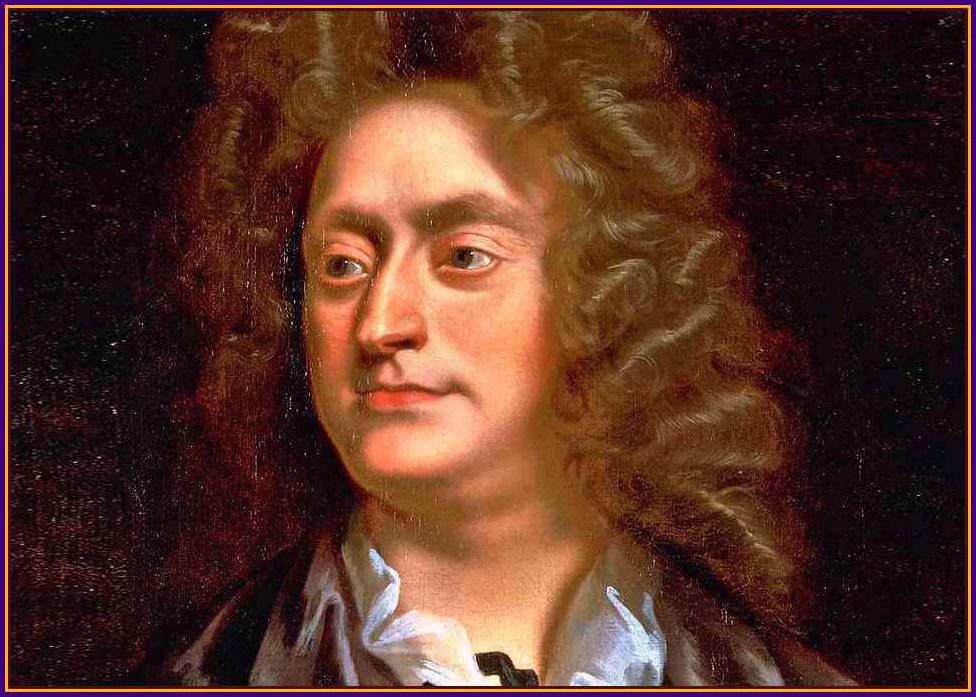
|
HENRY PURCELL
|
|
Henry Purcell was the finest and most original composer of his day.
Though he was to live a very short life, he was able to enjoy and make full use of the renewed flowering of music in England following the Restoration of the Monarchy. In addition to his royal duties - he worked in Westminster for three different Kings over twenty-five years - Purcell devoted much of his talent to writing operas, or rather musical dramas, and incidental stage music. He also became involved with the growing London public concert scene for which he wrote chamber music in the form of harpsichord suites and trio sonatas. In these varied and highly enjoyable works Purcell expresses his own special technique of modulation and transition, his highly personal melodic sense and his ability to employ bold strokes of chromaticism which catch the listener unawares and add that highly distinctive Purcellian touch. Performances are, yes, on period instruments (all three string players perform on 18th century instruments), but not in the style known today as "authentic". Tempi are chosen to bring out the qualities of the music, be it reflective or lively, not to show off the performers' dexterity. Vibrato is used to give the violins that singing quality much prized in Purcell's time, and the overall sound is pleasing to the ear.
|